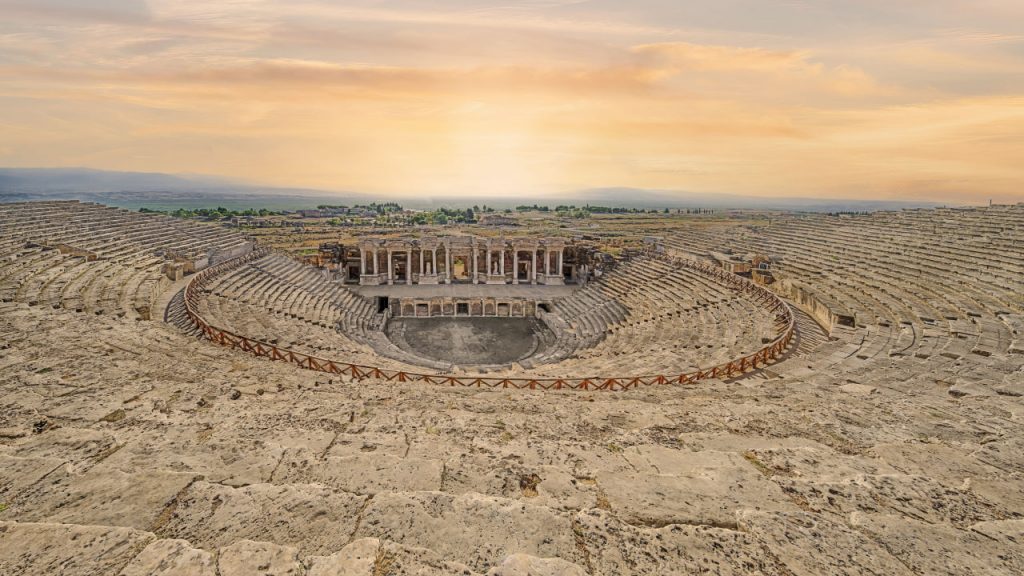The Roman Empire, at its height, was the most powerful and expansive empire in the ancient world. Spanning from Britain in the west to the Middle East in the east, and from the North African coast to the Rhine and Danube Rivers in the north, Rome’s vast influence left an indelible mark on history. Its military might, advanced engineering, and sophisticated legal and political systems became the foundation for many modern institutions. However, despite its grandeur, the Roman Empire eventually succumbed to a combination of internal and external pressures, leading to its dramatic fall in the 5th century CE.
The roots of Rome’s decline can be traced back to the 3rd century CE when the empire began to experience a series of crises, both political and military. The empire, once governed by a stable system of emperors, began to suffer from frequent changes in leadership, with emperors being overthrown or assassinated in rapid succession. This instability was compounded by the empire’s increasing reliance on foreign mercenaries in its military, weakening its traditional legions and making them less loyal to the Roman state.
The economic strain on the empire was another key factor in its decline. Heavy taxation, inflation, and a reliance on slave labor hindered economic productivity and led to widespread poverty. The empire’s vast territorial expanse required enormous resources to maintain, and the increasing costs of defending its borders further drained the state’s finances. Trade also suffered as piracy and banditry became more prevalent in the Mediterranean, disrupting the flow of goods and resources.
The most significant challenge, however, came from the empire’s external enemies. During the 4th and 5th centuries CE, the Roman Empire faced increasing pressure from a variety of barbarian groups, including the Visigoths, Vandals, Huns, and Ostrogoths. These groups, many of whom were fleeing the advances of the Huns, began to invade Roman territories, leading to a series of devastating wars. The Visigoths famously sacked Rome in 410 CE, while the Vandals followed suit in 455 CE. The fall of these once-imposing cities marked a turning point in the empire’s ability to resist foreign incursions.
In 476 CE, the Western Roman Empire officially came to an end when the last Roman emperor, Romulus Augustulus, was deposed by the barbarian leader Odoacer. This event marked the collapse of the western half of the empire, though the Eastern Roman Empire, known as the Byzantine Empire, continued to exist for nearly another thousand years until the fall of Constantinople in 1453.
Several factors contributed to the decline and eventual fall of the Roman Empire. Internal corruption, economic instability, military defeats, and the pressures of barbarian invasions all played significant roles. However, some historians argue that the fall of the Roman Empire was not a sudden event but rather a prolonged process, with the empire gradually losing its power and cohesion over several centuries.
Despite its fall, the legacy of the Roman Empire endures. Its legal system, architectural achievements, and cultural influence continue to shape Western civilization. The Roman Empire’s rise and fall serve as a powerful reminder of the fragility of even the greatest empires, illustrating the complex interplay of political, economic, and military factors that determine the fate of civilizations.

